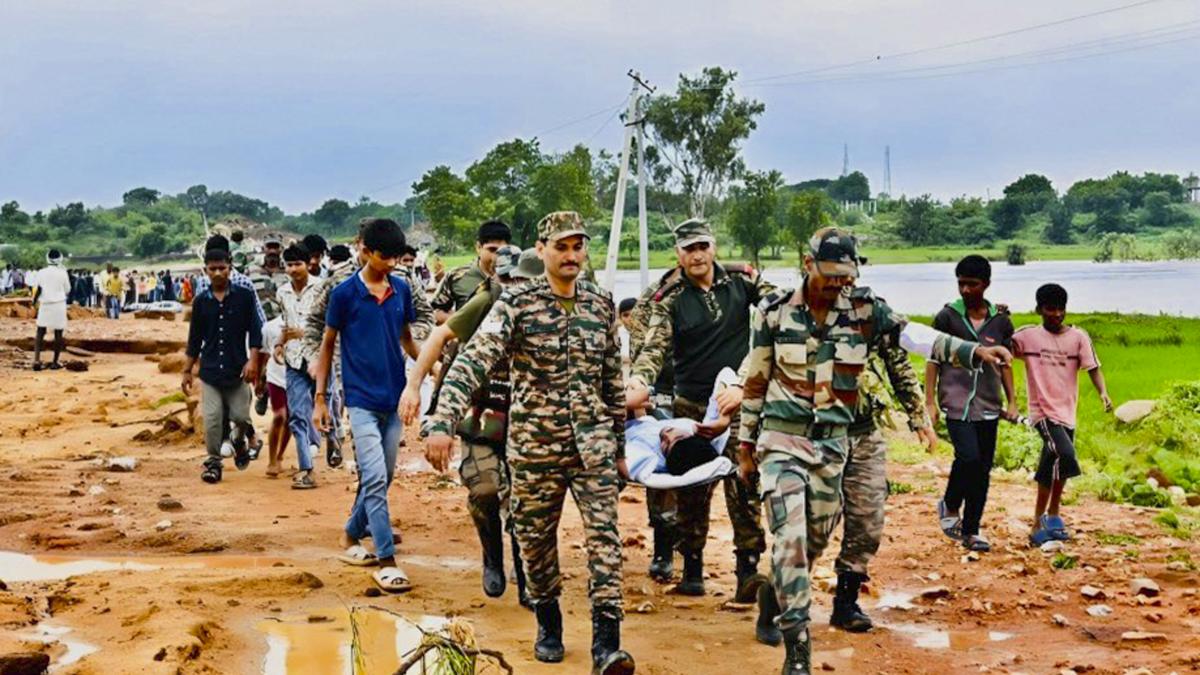Now Reading: India Weather Live: Uttarakhand Rivers Swell, 3 Dead in J&K’s Ramban After Heavy Rains
-
01
India Weather Live: Uttarakhand Rivers Swell, 3 Dead in J&K’s Ramban After Heavy Rains
India Weather Live: Uttarakhand Rivers Swell, 3 Dead in J&K’s Ramban After Heavy Rains

Quick Summary
- Heavy rainfall across several regions in India has caused widespread damage and fatalities:
– Uttarakhand: Five people died, and 11 went missing following torrential rains. Landslides damaged houses, prompting travel advisories for pilgrims and tourists. IMD issued orange and red alerts.- Jammu & Kashmir (J&K):
– On August 26, a landslip near the Shri Mata Vaishno Devi Shrine left 34 dead. A three-member committee has been constituted by L-G Manoj Sinha to investigate the tragedy.- In Reasi district’s Mahore region, seven members of a family are feared dead after heavy rains triggered a landslide that destroyed thier home.
– Ramban district suffered intense rainfall over the past 12 hours; three people lost their lives due to debris from what is suspected to be a cloudburst incident in Gadgram pocket.
– Delhi: Torrential rain lead to waterlogging on major roads, traffic disruptions, and the collapse of an abandoned house. Three children were injured but were rescued from under rubble.
Indian Opinion Analysis
The extreme weather patterns across multiple Indian states underscore an urgent need for both long-term disaster-preparedness measures and immediate relief operations. Significant variance between meteorological warnings and on-ground fatalities raises questions about infrastructure readiness in vulnerable areas like hill states.
While steps such as setting up inquiry committees (e.g., J&K’s Vaishno Devi tragedy) are proactive responses for rectifying lapses, recurring deaths following heavy rains call for more robust precautionary protocols tailored around localized topography data. Moreover, urban centers like Delhi witnessing structural collapses point toward inadequate maintenance of public safety in rapidly expanding metro cities.
Increased focus must also be placed on accelerated climate adaptation strategies nationwide as such severe disasters highlight growing vulnerabilities induced by climate change.




















